用户:Grotton JXz Donbrako/Psychology/Chapter 4
目录
- 1 页面介绍
- 2 正文
- 2.1 Sensation
- 2.1.1 Sensation: VISION
- 2.1.2 Eyes to the brain
- 2.1.3 Theories of Colour Vision
- 2.1.4 Sensation: HEARING
- 2.1.5 Theories of Hearing
- 2.1.6 Sensation: SKIN
- 2.1.7 Sensation: TASTE
- 2.1.8 Sensation: OLFACTION
- 2.1.9 Sensation: PAIN
- 2.1.10 Sensation: ORIENTATION
- 2.1.11 Perception
- 2.1.12 Perception: THRESHOLD
- 2.1.13 Perception: THEORIES
- 2.1.14 Perception: TOP DOWN PROCESSING
- 2.1.15 Perception: GESTALT PRINCIPLES
- 2.1.16 Perception: OTHER PRINCIPLES
- 2.1.17 Perception: PERCEIVED MOTION
- 2.1.18 Perception: Monocular Cues
- 2.1.19 Perception: Binocular Cues
- 2.1.20 Perception: Depth Cues
- 2.1 Sensation
- 3 原幻灯片(.ppsx)下载链接(建议在下载后将后缀改成.ppt以方便观看与编辑)
页面介绍
本页面所转载文章出自APPsychPrep网站所分享幻灯片[1],由GJD转载。
转载时有改动,无任何原内容省略。
正文
- Sensation refers to the process of sensing our environment through touch, taste, sight, sound, and smell.
- Perception is the way we interpret these signals or sensations and make sense of everything around us.
Sensation
- Our senses: receptors in our eyes, skin, tongue, nose, receive stimuli from our environment.
- What is a stimulus?
- Energy transmitted from the environment (e.g., light, chemicals, pressure, heat).
- Transduction: Stimuli from the environment are transformed into neural impulses.
- Sensory adaptation is a decreasing responsiveness to stimuli due to constant stimulation (e.g., when standing in a noisy environment).
- Sensory habituation: Our perception of sensations is partially due to how focused we are on them.
- Cocktail Party Effect: Your ability to block out a lot of irrelevant stimuli in your environment.
Sensation: VISION
- Visible light is a small section of the electromagnetic spectrum

- Objects appear the color they do as a result of the wavelengths of light they reflect.
- A red shirt reflects red light and absorbs all other wavelengths.
- An object appears black because it absorbs all wavelengths.
- A object appears white because it reflects all wavelengths.
- The Cornea: Controls the light coming from the outside and focuses it onto the pupil.
- The Pupil: Is a hole located in the center of the iris of the eye that allows light to strike the retina.
- The Retina Is where the actual processing of the light occurs and is translated by rods and cones.
- The Fovea: A small depression in the retina where visual acuity is highest.
- The center of the field of vision is focused in this region, where retinal cones are particularly concentrated.
- Light enters the eye through the cornea.
- Light passes through the pupil.
- The lens focuses the light onto the retina.
- Light energy is converted into neural energy.
- Rods and Cones are photoreceptors in the human retina.
- Cones are activated by color.
- Rods are activated by white light and the absence of light.
- If rods and/or cones are stimulated by light, then they transmit this information to a second layer of cells called bipolar cells.
- Bipolar cells send this information to a layer of cells called ganglion cells.
- Ganglion cells make up our optic nerve which sends the information to the thalamus in our brain.
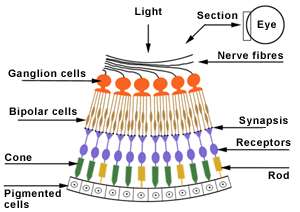

Eyes to the brain
- The signal, travelling along the optic nerve, is transmitted to the Lateral Geniculate Nucleus.
- Lateral geniculate nucleus;;; is a region of the thalamus.
- The lateral geniculate nucleus transmits the signal to the visual cortex in the occipital lobe.
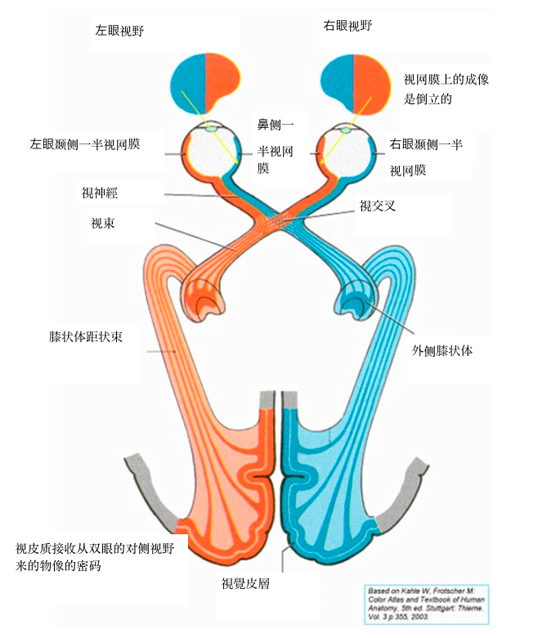
Theories of Colour Vision
- Trichromatic Theory: We have three types of cones in our retina, cones that detect blue, red, and green, and that different activation combinations of the cones produces all the colours we see.
- Trichromatic theory does not explain after images.
- Opponent Process Theory: Sensory receptors arranged in the retina come in pairs: red/green, yellow/blue, black/white.
- If one sensor is stimulated, its pair is inhibited from firing.
- If you stare at a red colour for awhile, you fatigue your sensors for red.
- Opponent process theory explains after images.
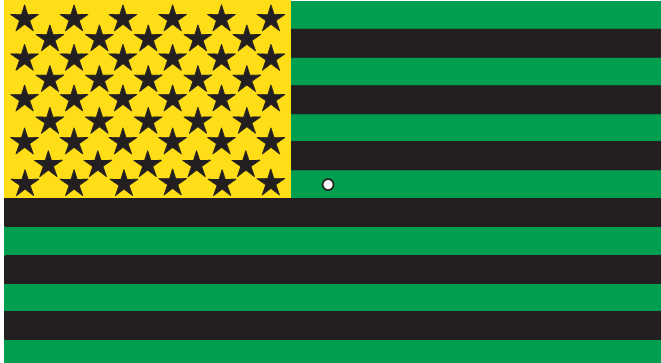
- Opponent processing theory also explains color blindness; if color sensors come in pairs, and an individual is missing one pair (e.g., red/green) then he or she should have difficulty seeing those colors.
Sensation: HEARING
- Auditory sense uses energy in the form of sound waves instead of electromagnetic waves.
- Sound waves are created by vibrations which travel through the air and collected by our ears.
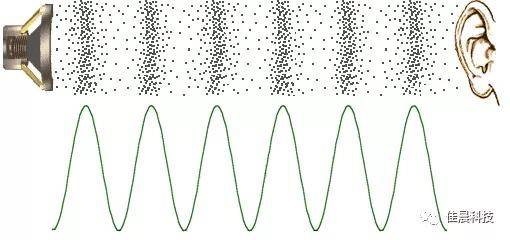
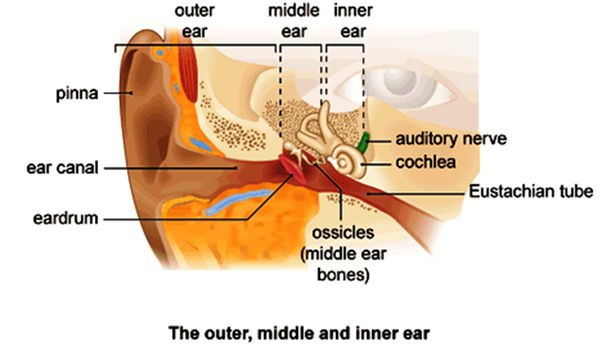
- The process of hearing:
- Sound waves enter the outer ear.
- Sound waves cause the ear drum to vibrate.
- Three tiny bones, stapes, incus, and malleus, in the middle ear amplify the vibrations and send them to the inner ear.
- Vibrations hit the cochlea which is lined with hair cells; hair cells moves and trigger the release of neurotransmitters.
- Electrical signals sent by the auditory nerve travel to the brain.
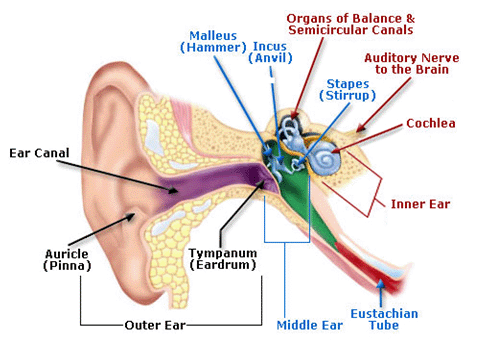
Theories of Hearing
- Place Theory: The hair cells in the cochlea respond to different frequencies of sound based on where they are located in the cochlea.
- We sense pitch because the hair cells move in different places in the cochlea.
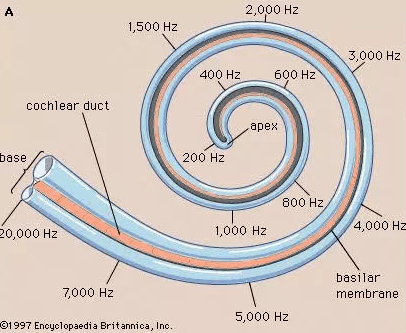
- Research demonstrates that place theory accurately describes how hair cells sense the upper range of pitches but not in the lower tones.
- Frequency Theory: Lower tones are sensed by the rate at which hair cells fire.
- We sense lower ranges of pitch because the hair cells fire at different frequencies in the cochlea.
Sensation: SKIN
- Our skin has a set of nerves that detect temperature and pressure.
- The amount of nerves in one area also varies;
- your lips have many more nerves and can detect slight changes pressure or heat much easier than your lower back.
- The amount of nerves in one area also varies;

Sensation: TASTE
- Certain nerves respond to chemical energy.
- Taste buds are located on the papillae, which are bumps on your tongue.
- Some are also located on the roof of your mouth and cheeks.
- Types of tastes: sweet, salty, sour, bitter, savory.

Sensation: OLFACTION
- Olfaction relies on chemical receptors.
- Odor, scents, smells, make their way up to the olfactory bulb where the smell is processed by olfactory receptor cells.
- Olfactory receptors connect to parts of the limbic system like the amygdala and hippocampus.
- These parts of the brain are responsible for emotion and memory, respectively.
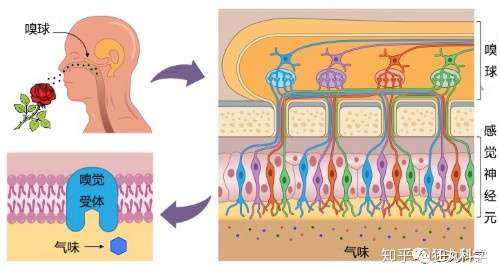
Sensation: PAIN
- Gate Control Theory: Explains that some pain messages have a higher priority than others: "When a higher priority message is sent, the 'gate' swings open for it and shuts off lower priority messages."
- There is not an actual gate, it's just an analogy.
Sensation: ORIENTATION
- Vestibular Sense is responsible for how our body is oriented in space.
- Three semicircular canals in the inner ear give the brain information about our orientation. These canals are filled with fluid.
- When that fluid moves, hair cells are activated, which cause nerve cells to fire, which tell our brain about our orientation in space.
- Kinesthetic sense gives us feedback about the position and orientation of specific body parts.
- Receptors in our muscles and joints send information to our brain about our limbs.
- One’s leg "falling asleep" is a disruption of the kinesthetic sense.
Perception

Perception: THRESHOLD
- Absolute Threshold / Just-Noticeable Difference is the smallest amount of a stimulus that we can detect (for any of the senses).
- Stimuli below the absolute threshold are said to be subliminal.
- Subliminal Messaging are stimuli that lie below our threshold of conscious awareness.
- Weber’s law states that the change needed is proportional to the original stimulus.
Perception: THEORIES
- Signal Detection Theory investigates the effects of the distractions and interferences we experience while perceiving the world.
- Tries to account for what will be perceived and how we are motivated to detect certain stimuli.
- Factors that influence our decisions are called response criteria.
- A False Positive is when we perceive a stimulus that is not there.
- A False Negative is not perceiving something that is actually there.
Perception: TOP DOWN PROCESSING
- Top Down Processing occurs when you use your previously acquired knowledge to fill in gaps in what you perceive.
- A schema or schemata is a cognitive framework or concept that helps organize and interpret information.
- Bottom up processing is the opposite of top down processing. Analysis of the stimulus begins with sense receptors and works up to the level of the brain and mind.
- The letter ‘A’ is really a black blotch broken down into features (/ - \) by the brain that we perceive as an ‘A’.
- Bottom up processing occurs when we encounter something new or unfamiliar. Like when analysing a new language.
- Feature Analysis: We analysis the lines, curves, motion, and our brain builds a picture from the bottom up.
- Top Down Processing is quicker, but more prone to errors.
- Bottom up Processing is more accurate, but takes a longer amount of time.
Perception: GESTALT PRINCIPLES
- Gestalt Principles: The observation that humans naturally perceive objects as organized patterns and objects.
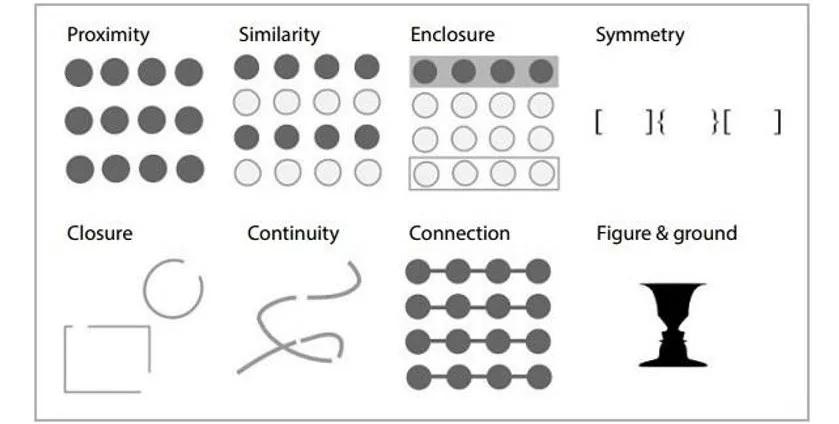
- Proximity: Objects that are close together are more likely to be perceived as belonging in a group.
- Similarity: Objects that are similar in appearance are more likely to be perceived as belonging in a group.
- Continuity: Objects that form a continuous form are likely to be perceived as a continuous thing.
- Closure: Objects that make up a recognizable image are more likely to be perceived as in the same group.
- Connectedness: Objects that are connected to each other using colors, lines, frames, or other shapes are perceived as a single unit when compared with other elements that are not linked in the same manner.
Perception: OTHER PRINCIPLES
- Symmetry: Objects that are symmetrical to each other tend to be perceived as a unified group.
- Size Constancy: Objects closer to our eyes will produce bigger images on our retinas, but we take this into account and know the object does not shrink or grow larger as in comes closer or goes farther away.
- Shape Constancy: Objects viewed from different angles have different shapes, but we do not think objects change shape as we look at them differently.
- Brightness Constancy: We perceive objects as being a constant color even as the light reflected off the object changes.
- You will mostly likely always perceive a brown set of stairs as brown, even if the brightness varies.
Perception: PERCEIVED MOTION
- Stroboscopic Effect: Images in a series of still pictures presented at a certain speed will appear to be moving.
- Phi-phenomenon: A series of lights flashed on and off at a particular rate will appear to be moving light.

- Autokinetic Effect: If a spot light is projected steadily onto the same place on a wall of a dark room and people are asked to stare at it, they will report seeing it move even though it has not.
- It is suggested that, with lack of peripheral information, eye movements which correct movements due to muscle fatigue are wrongly interpreted in the brain as movement of the perceived light.
Perception: Monocular Cues
- Linear Perspective: A type of perspective used by artists in which the relative size, shape, and position of objects are determined by drawn or imagined lines converging at a point on the horizon.

- Relative Size Cue: The relative size of an object serves as an important monocular cue for depth perception. The size difference can make the larger object appear closer and the smaller object appears farther away.

- Interposition Cue: Objects that block the view of other objects must be closer to us.

- Texture Gradient: A change in the appearance of the grain or microstructure of a surface. Objects closest in the picture have detail, while things far off fade in appearance.

- Shadowing: Shading implies where the light source is coming from.
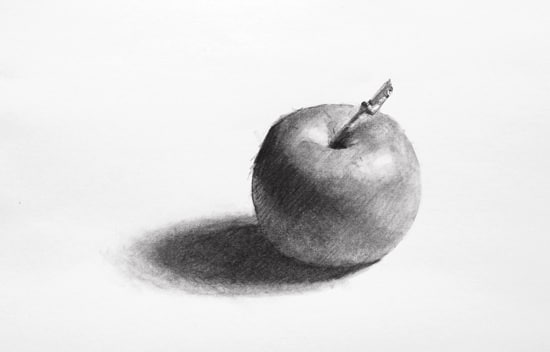
Perception: Binocular Cues
- Binocular Disparity: Binocular disparity refers to the difference in image location of an object seen by the left and right eyes, resulting from the eyes’ horizontal separation.
- The brain uses binocular disparity to extract depth information from the two-dimensional retinal images.
- Each eye sees an object from a slightly different angle, but when the object is close, there will be more disparity between the images from each eye. To demonstrate, hold your thumb way out, opening and shutting both eyes, and then bring your thumb to your nose, and do the same. Notice the relative change in horizontal distance.
- Our eyes converge as an object gets closer, and our eyes must move toward each other to keep focused on the object.
- The brain receives feedback from the muscles controlling eye movement and interprets that the more the eyes converge, the closer the object must be.
Perception: Depth Cues
- Eleanor Gibson & the Visual Cliff:
- (YouTube相关视频链接:An Experiment by Joseph Campos The Visual Cliff YouTube)

- Gibson found that an infant old enough to crawl will not crawl across the visual cliff, implying that the child has depth perception.
- Other experiments demonstrate that depth perception develops when we are about three months old.
- Perceptual rules once thought to be innate (determined by genes) are actually learned.
- Cultures that do not use monocular depth cues (such as linear perspective) in their art, do not see depth in pictures using these cues.
- Cross-cultural research demonstrates that some basic perceptual sets (a predisposition to perceive something in a certain way) are learned from our culture and are not inborn.